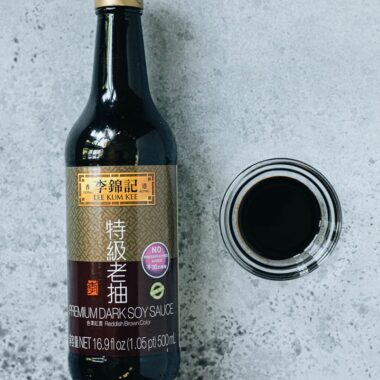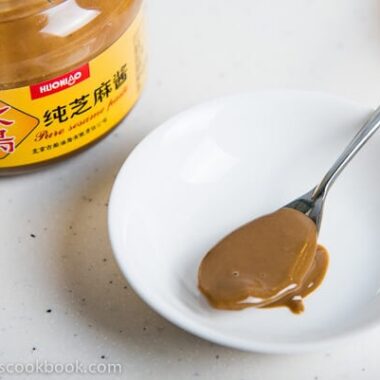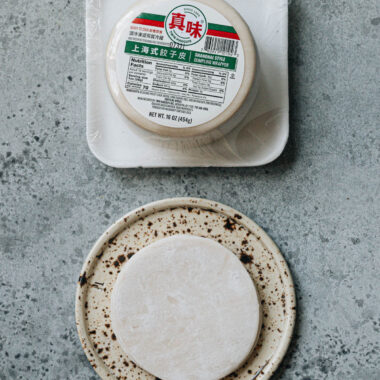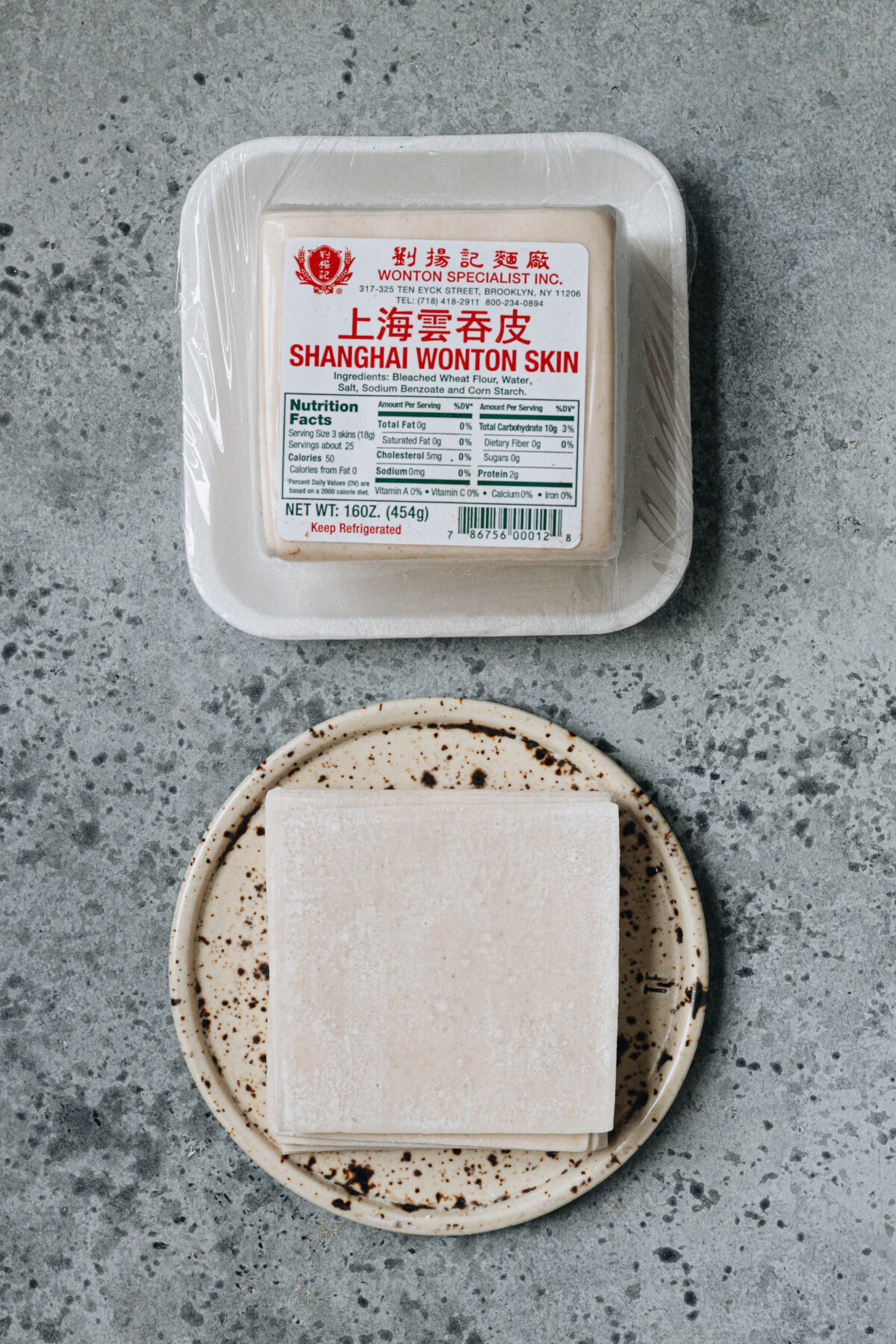
What are Wonton Wrappers?
Wonton wrappers are thin square dough sheets mainly made with wheat and water. Sometimes the ingredients also contain cornstarch, eggs, salt, and other ingredients to improve texture. Like dumpling wrappers, they are the outer shell that holds a filling made of meat and vegetables. In China, wontons are usually boiled and served in soups, but you can also deep fry, bake, steam, or pan fry them.
What Do Wonton Wrappers Taste Like?
Once cooked, wonton wrappers are soft and silky, almost like tender noodles that soak up all the yummy flavors of the broth. But if you decide to fry them instead, then they get golden and crispy.
Different Types of Wonton Wrappers
Here are a few common types of wonton wrappers you might see at your local Asian grocery store:
- Shanghai-style wonton wrappers are white and a little thicker. They are often slightly bigger, to make the large Shanghainese wontons.
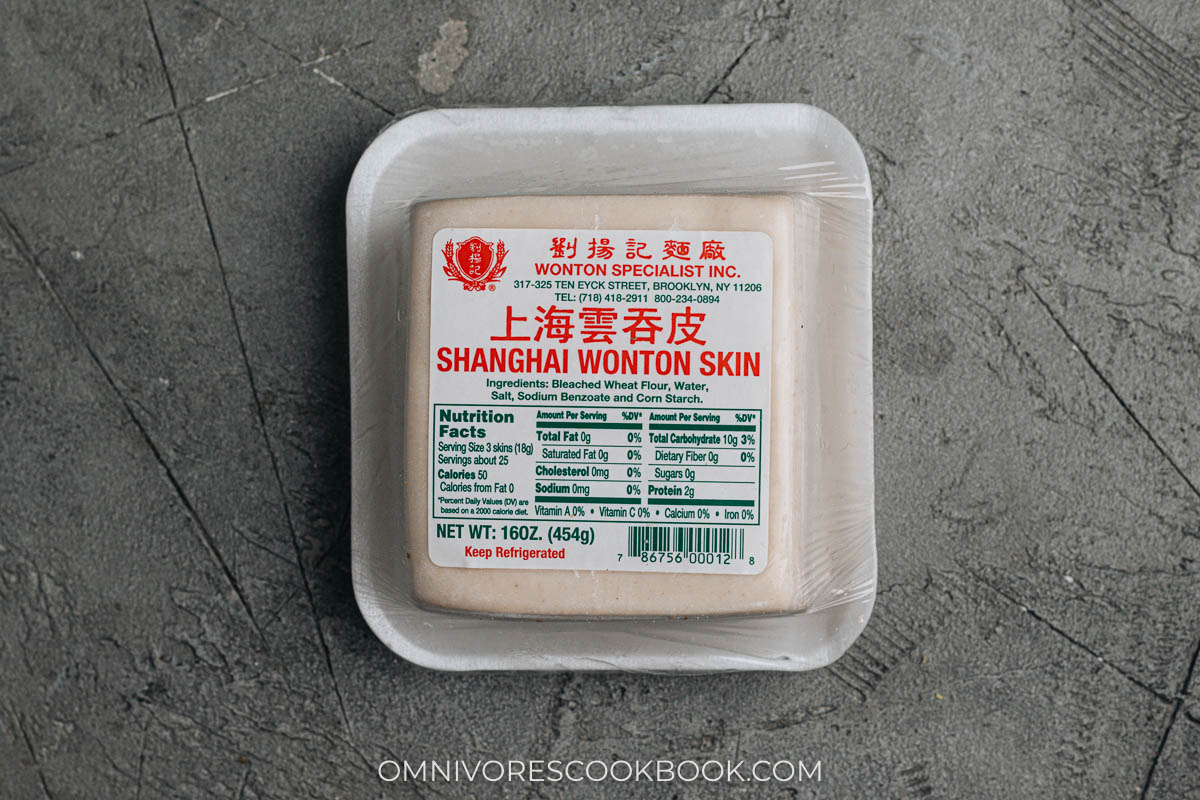
- Hong Kong-style wonton wrappers are thinner and yellow, thanks to the egg in the dough. They are perfect for that silky texture in soup.

- Japanese-style wonton wrappers are thin white wrappers that are usually smaller than the Chinese type.
If you plan to make very authentic wonton noodle soup, try to stick to the type of wonton wrappers that a recipe calls for. That said, it’s possible to interchange them and your dish will probably come out delicious.
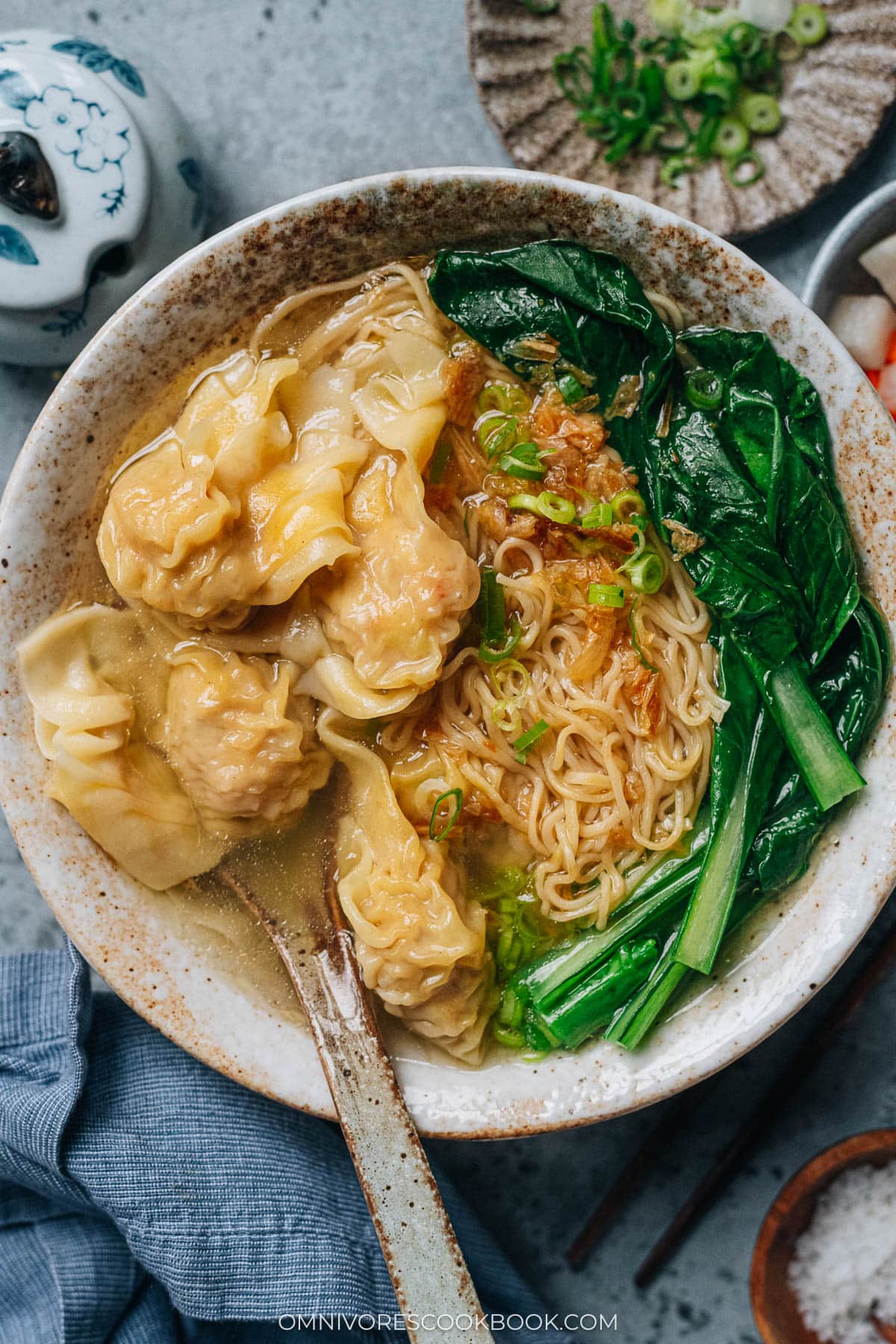
How to use wonton wrappers
- Wonton soup: The main purpose of wonton wrappers is to make wontons, especially wonton soup, in Chinese cooking. In Cantonese cooking, wontons are cooked with noodles and served in a rich chicken soup.
- Shumai: Another major use of wonton wrappers is to make shumai. It’s a type of open-faced dumplings that are filled and then steamed and served as dim sum.
- Fried wontons: In the US, wontons are also filled, fried, and served as finger food. Crab rangoon is a great example.
- Wonton cups: Another great way to create party food is to nest wonton wrappers into muffin tins and bake them into wonton cups. You can then use them to serve egg salad and other delicious dips or fillings.
- Deconstructed wonton soup: When I’m too lazy to wrap wontons, I simply cook the filling like meatballs along with the wonton wrappers in the broth. It makes a comforting main dish in no time.
How To Shop For Wonton Wrappers
Head to an Asian market (such as H Mart or 99 Ranch Market), Chinese market, Chinatown, or Japanese market. The wrappers are usually stored in the refrigerated section near the tofu, fresh noodles, or other Asian ingredients. Sometimes they’re also stocked in the freezer aisle. They come in plastic packs and are stacked in neat little bundles.
How To Store Wonton Wrappers
Unopened
- Freezer: The best way to store wonton wrappers is in the freezer. They usually stay good for at least three months, sometimes longer, depending on the packaging.
- Fridge: If the package is still sealed, you can keep it in the fridge for a week or so.
Opened
Once you’ve opened the pack, try to use the wrappers as soon as possible. Once opened, the wrappers will start drying out and it will become very difficult to wrap over time.
- Fridge: You can store the unused wrappers in an airtight container in the fridge for 1 to 2 days. If you only have a few wrappers left, the best way is to make them into simple “noodle” soup, or pan fry them into crispy pieces to top on your congee.
- Freezer: To freeze opened wrappers, wrap them tightly with plastic wrap, then place in a ziplock bag, squeezing out as much air as possible. Freezer storage prevents the wrappers from drying out too quickly, but you should still try to use them as soon as you can, within a month.
To use frozen wrappers, thaw them overnight in the fridge for the best texture.
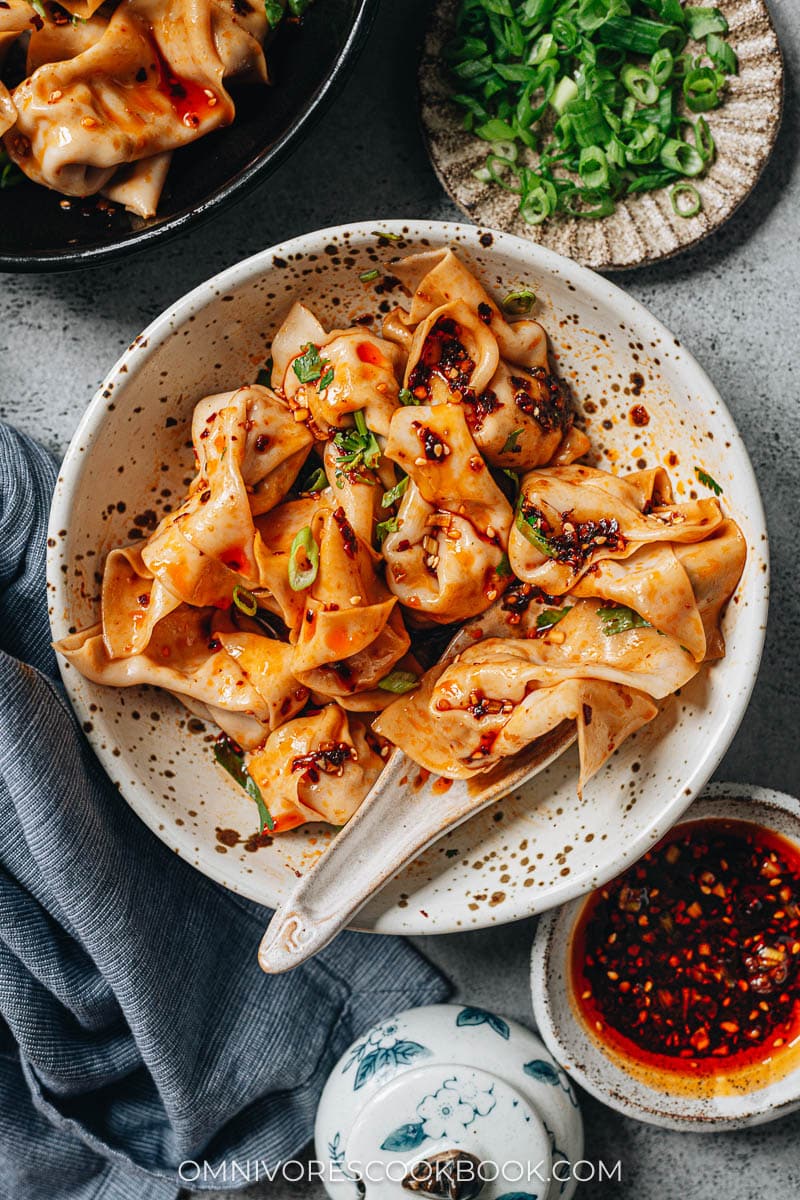
FAQs
1. What’s the difference between wonton and potsticker wrappers?
Wonton wrappers are usually thinner and square-shaped. Potsticker wrappers, on the other hand, are thicker and round. That’s because potstickers need to hold up to pan-frying.
2. What can I use to replace wonton wrappers?
The best substitution for wonton wrappers are gyoza wrappers. Different from Chinese dumpling wrappers, Japanese gyoza wrappers are usually smaller and thinner, which creates a texture that is closest to wonton wrappers.
3. How do I fold wontons?
Folding wontons is easier than it looks! Here’s a simple method to get you started:
Spoon a little filling into the center of the wrapper. Dip your finger in water and wet the edges. Fold it in half to make a triangle, then press the sides to seal. From there, you can pinch the corners together or get creative with your folds.Check out my video on four ways to wrap wontons.
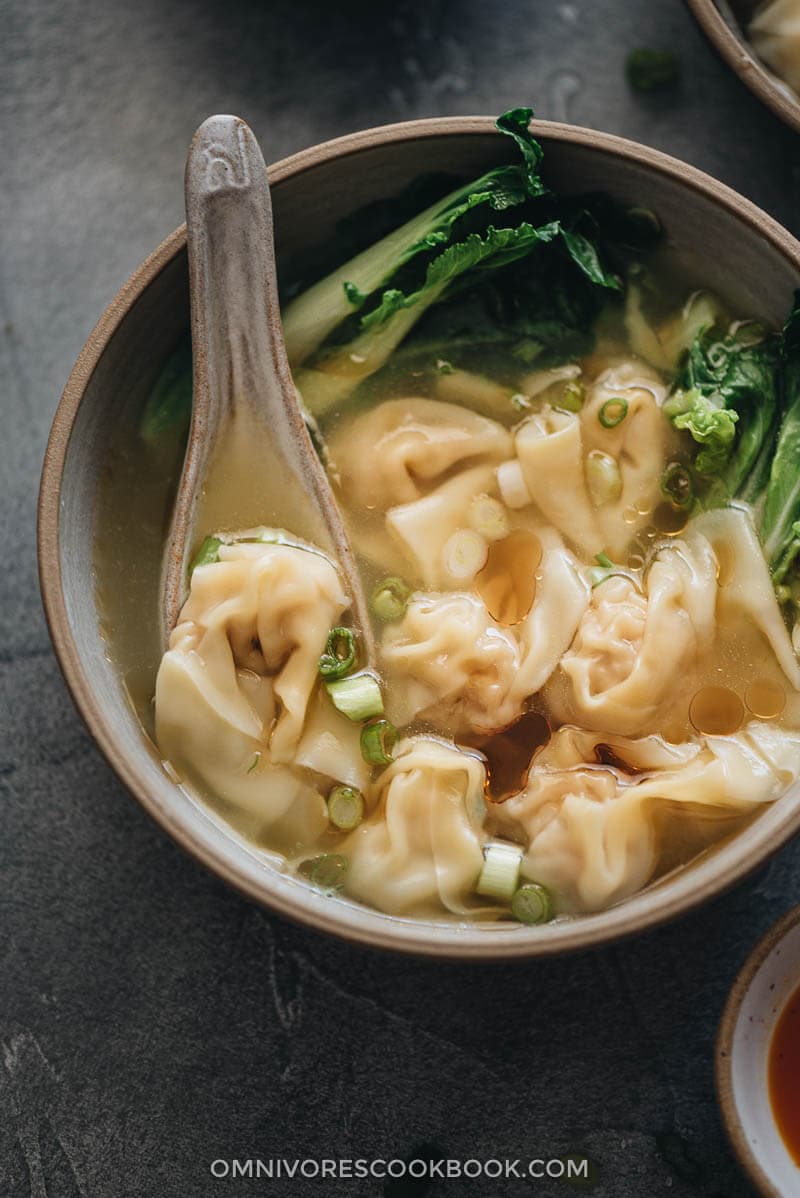
Recipes Using Wonton Wrappers
- Wonton Soup: A classic Chinese-restaurant style wonton soup with pork and shrimp wontons served in a hearty chicken soup.
- Wonton Noodle Soup (广式云吞面): An authentic tasting wonton noodle soup with juicy pork and shrimp wontons, thin chewy noodles, and fragrant homemade chicken stock.
- Watercress Wonton Soup: A lighter twist on the classic, with wontons floating in a flavorful broth alongside fresh, peppery watercress.
- Fried Wontons: Crispy, fried wontons, packed with shrimp, pork, and fresh aromatics.
- Sichuan Spicy Wonton in Chili Oil (红油抄手): Tender wontons smothered in the most scrumptious spicy, savory, and sweet sauce.
- Vegan Wonton Soup: All the goodness, and none of the meat. It’s filled with a colorful mix of veggies that deliver big on taste and texture.

